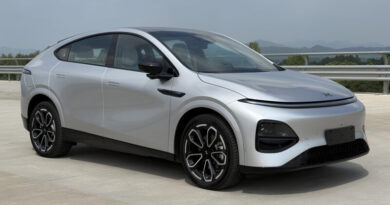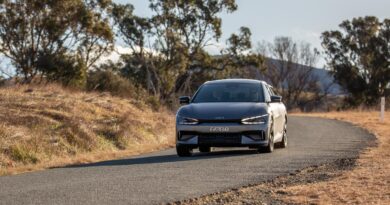Toyota Yaris Hybrid brings lithium-ion tech – at a price
It’s no secret electric cars cost more than plain old ICE cars – and the Australian release of the new Toyota Yaris illustrates that perfectly.
Toyota’s cheapest model is more expensive than ever, even if it also halves how much fuel it sips courtesy of a new hybrid system available fitted for the first time on the Yaris.
Expected to account for 40 percent of new Yaris sales, the new Yaris Hybrid is also a clear indication of the cost of technology, especially when it comes to batteries – the most expensive part of an electric vehicle.
Read why Toyota says Australians aren’t ready for plug-in hybrids or full EVs yet.
In adopting a lithium-ion battery pack versus the nickel-metal-hydride used by other Toyota hybrids the Yaris Hybrid has a sizeable price premium for Toyota’s smallest car.
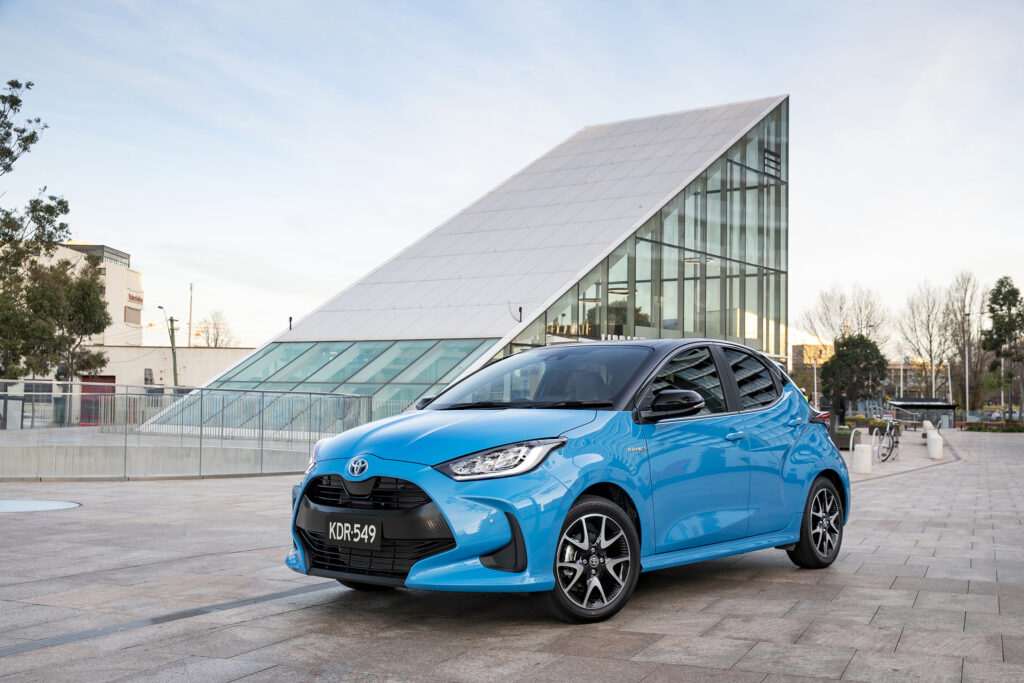
The Yaris petrol-electric Hybrid sells from $29,020 (plus on-road costs), some $2000 more than the Yaris SX non-hybrid it’s based on.
Sure it now comes with active safety kit never seen on a Yaris and includes features such as sat-nav, smart key entry and a partial digital instrument cluster.
But it’s also about 20 percent more expensive than the Prius C it effectively replaces in the Toyota lineup.
That also makes the most affordable Yaris Hybrid more expensive than the Corolla Hybrid (starting at $27,395, plus on-roads), which gets a bigger petrol engine, bigger body and more space.
Toyota argues that part of the reason for the price premium is because the most affordable Yaris (called Ascent Sport) is not available as hybrid, instead stepping buyers up to the more expensive SX or ZR in hybrid trim ($29,020 and $32,100 respectively).
But Toyota product planning chief Rod Ferguson admits lithium-ion tech is more expensive.
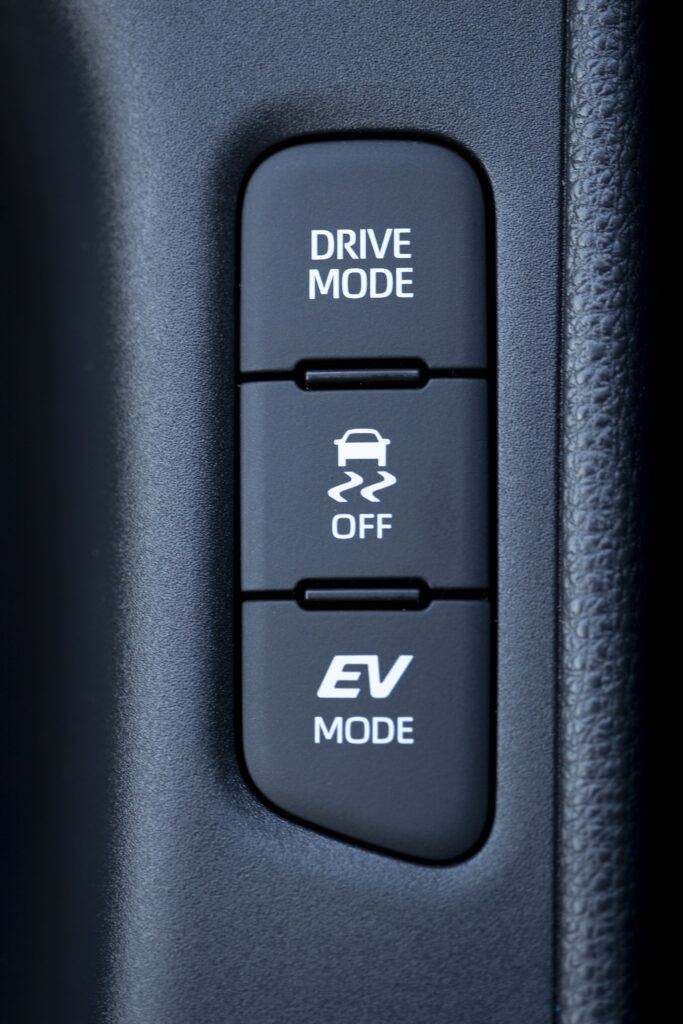
“Lithium ion can be more expensive but it does give us benefits in terms of packaging,” says Ferguson, acknowledging there is a trend towards lithium-ion battery tech within Toyota.
Also, the Yaris Hybrid costs $2000 more than an equivalent petrol-only Yaris, whereas the Corolla Hybrid brings only a $1500 jump.
Within months the Camry will be updated and get lithium-ion tech for the first time, although Toyota Australia wouldn’t be drawn on whether prices would increase as a result.
Fortunately for Toyota, the Yaris is a genuine fuel miser.
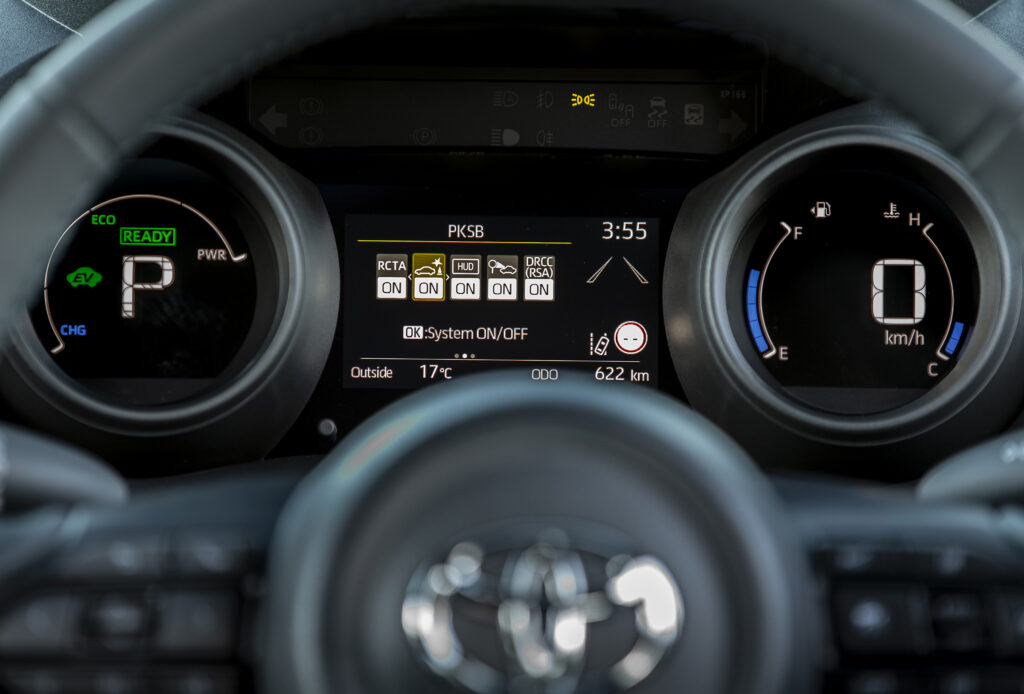
Claimed consumption is 3.3 litres per 100km and the hybrid can run on the most affordable regular unleaded petrol.
Drive it around town and that claimed fuel use drops to 2.8L/100km, the electric motor helping recapture energy when the car is braking or slowing.
Where the Yaris Hybrid is least efficient is in freeway driving; it’s “extra-urban” fuel figure (which most closely mimics country driving) is 3.6L/100km.
The Yaris Hybrid gets the same 1.5-litre three-cylinder petrol engine used in the non-hybrid Yaris, but it is tuned to run on a more efficient Atkinson cycle, the focus being fuel economy.
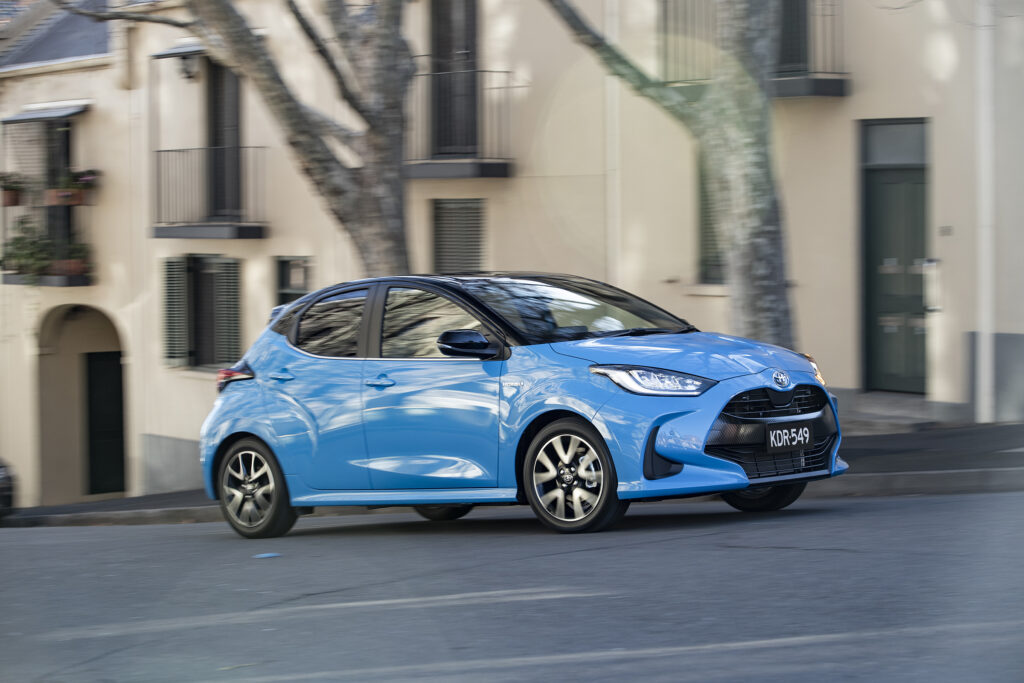
The engine makes 67kW and 120Nm (versus 88kW/145Nm) and is backed up by a 59kW/141Nm electric motor.
The combined power output of the hybrid system is 85kW.
As with other Toyota hybrids the Yaris Hybrid has an EV mode.
But by EV standards the battery is tiny at just 0.8kWh.
Toyota did not have a claim for how long the Yaris Hyrbid would run in EV mode but it’s unlikely to be much different to the couple of kilometres for a Prius or Corolla Hybrid.


